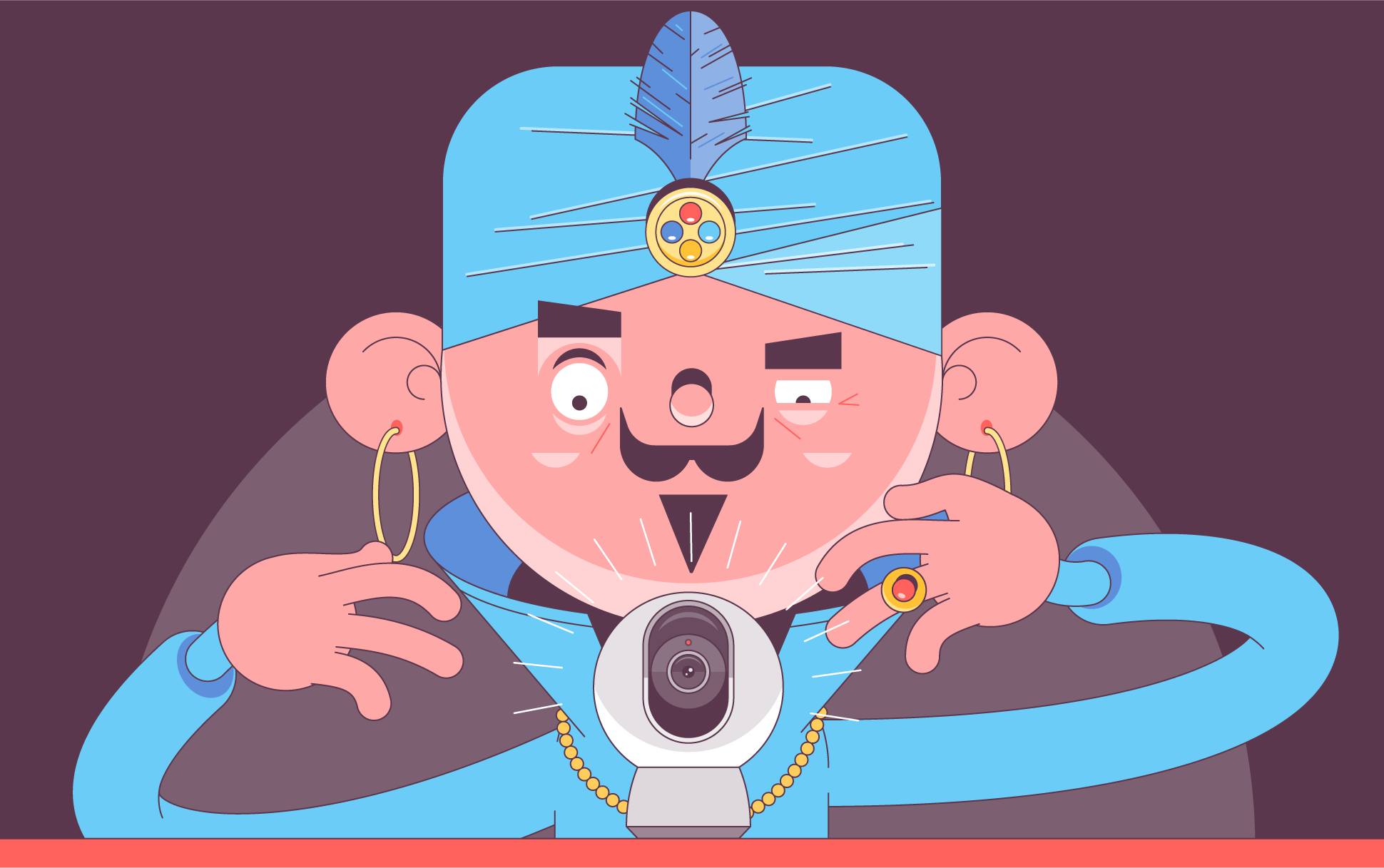
The development of IoT devices has brought with it a plethora of conveniences. Smart cameras are especially popular among people who want to check in on their pets when they’re not around or are worried about home security.
Unfortunately, the very device you chose to enhance security may be infringing on your privacy. A slew of recent news stories support this. A lawsuit claimed Amazon employees and contractors could access customer videos to train algorithms without user consent. Smart home manufacturer Wyze courted controversy on multiple occasions, including a vulnerability that allowed hackers to access camera recordings and spy on people.
If you don’t want to opt out of smart cameras entirely, here are a few steps to make your home security devices safer.
1.Think outside the cloud
Many privacy violations involving smart cameras occur because data is often automatically stored on the cloud or streamed online. This wouldn’t generally be an issue, but smart devices are widely regarded as less secure than other modern digital devices. So, there may be a higher risk of unauthorized access and data compromise.
One way to avoid this is choosing a security camera with the option of local storage. The most simple storage option is a memory card like a microSD card. You’ll still be able to store a surprising amount of footage.
If you are willing to put in a little more effort, you could set up network-attached storage (NAS). This is a file storage server you can have in your home and connect to several computers in a network. You can use it to back up various files, such as documents, photos, and, of course, footage from your smart security camera.
2.Optimize privacy settings
If you want to stick to the cloud, you can do a few things to amp up your device’s security before connecting it to the Internet. These include:
- Changing the default manufacturer’s password to a strong one (at least 12 characters long with a mix of characters)
- Updating the camera’s software and firmware as often as possible (you can set up many devices to do this automatically)
- If it’s possible, turn on end-to-end encryption to prevent threat actors from accessing your camera footage
- If you don’t need remote viewing on your camera, disable it
3.Research before you buy
With the amount of information, from news stories and customer reviews to layman’s testimonials, available on the web these days, there’s no excuse for not doing your research before buying anything.
Areas you should be looking at are the product itself, its terms and conditions, and the brand’s reputation. You should quickly learn whether the product actually works and people’s experiences with security.
The language of the terms and conditions might be a little tougher to discern, but it will reveal exactly what the company is and isn’t entitled to do. Look out for terms related to third-party interaction and data collection and whether or not it’s possible to opt-out.
Finally, the reputation of the brand itself matters. A company might put privacy at the forefront of its branding, but it’s all smoke and mirrors if it has a history of violations. Look beyond its own site and social media presence and read news stories and people’s personal experiences. This should give you a good idea of whether or not you’re comfortable using this camera in your home.

Cora is a digital copywriter for SSLs.com. Having eight years of experience in online content creation, she is a versatile writer with an interest in a wide variety of topics, ranging from technology to marketing.